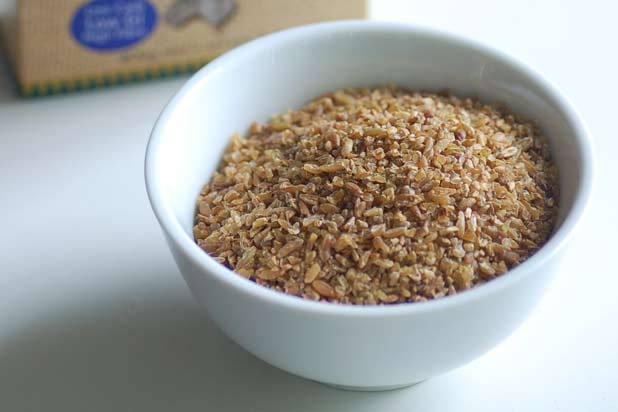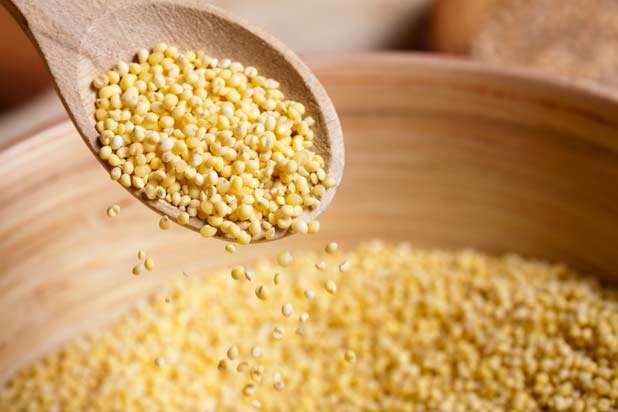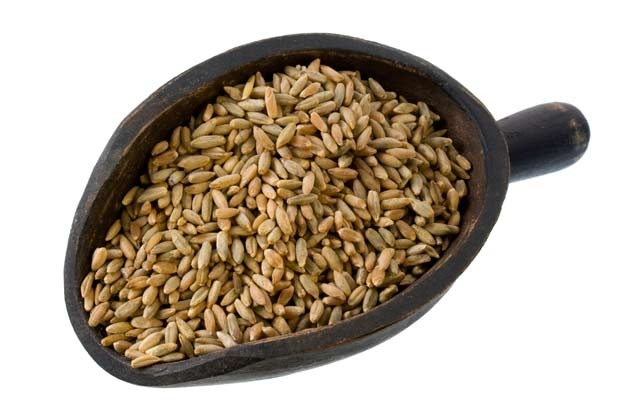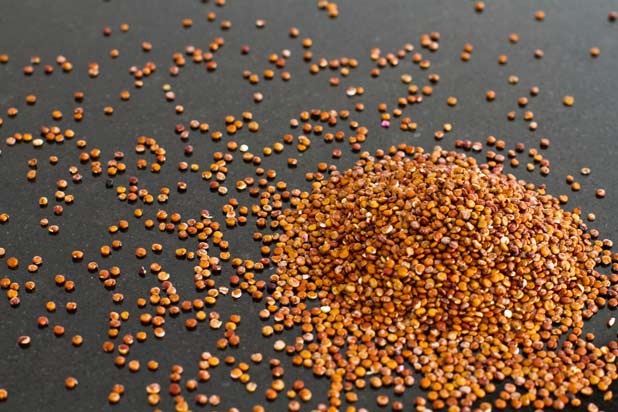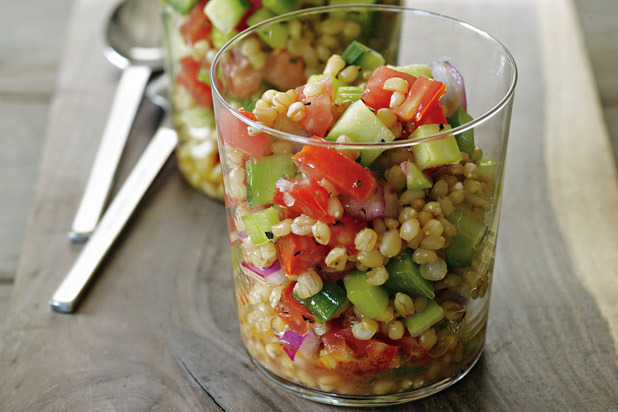Beyond Quinoa: 7 'New' Whole Grains To Try Slideshow
This is a whole-grain that's produced right in our own backyard; according to Bruce Weinstein and Mark Scarbrough, authors of the cookbook Grain Mains, the United States produces most of the amaranth for sale around the world. Historically, it was just as important as corn to the Native Americans.
Amaranth cooks into a smooth consistency with the occasional crunch and pairs well with everything from maple syrup and cinnamon to chiles and tomatoes. Plus, it requires no presoaking. This, then, is a versatile grain that you can have for breakfast, lunch, or dinner.
Freekeh
Freekeh, the next trendy grain with a mysterious name after quinoa, is actually any ancient form of wheat related to bulgur. Harvested while still green and roasted, freekeh is quick-cooking and has a distinctively nutty flavor. Use it as a substitute for brown rice or quinoa in salads and side dishes.
Millet
Millet was once used to make noodles in the ancient days in China. Depending on how you cook it, you can achieve a range of textures — a 2:1 ratio of water to grains yields a pleasantly chewy texture with the occasional crunch, whereas approaching 3:1 will yield a "porridge-like" consistency. Use it in soups and salads, casseroles and porridge, or even homemade vegetable burger patties.
Click here to see the Orange-Scented Millet with Almonds and Currants Recipe.
Rye Berries
Weinstein and Scarbrough compare the flavor of this chewy European grain with "chocolate," minus the bitterness. Although it requires presoaking and about an hour of cooking time to soften sufficiently, patient cooks will be rewarded with its complex flavor, surprisingly sweet with a little sourness. It's great in salads and paired with hearty meat dishes.
Sorghum
Sorghum has a mild flavor and firm texture that stands up well to stews. This ancient grain hails from Egypt, and records show its cultivation stretches back as far as 2200 BCE. A separate species is used to make the sorghum syrup used to flavor dishes in the American South.
Teff
Ground into flour to make Ethiopian injera, a type of grayish flatbread with a spongy texture that is a staple of the cuisine, teff as a whole grain has a unique flavor that is sweet, sour, and even savory at the same time.
Wheat Berries
Wheat berries come in many forms and form an entire category of grains. Within this category, you'll find whole-grain farro, spelt berries, Kamut, and whole-grain bulgur. Many recipes however, like the one below, will call for soft white wheat berries, which are chewy and nutty but softer than another popular variety, hard red wheat berries.
Click here to see the Gazpacho-Style Wheat Berry Salad Recipe.

